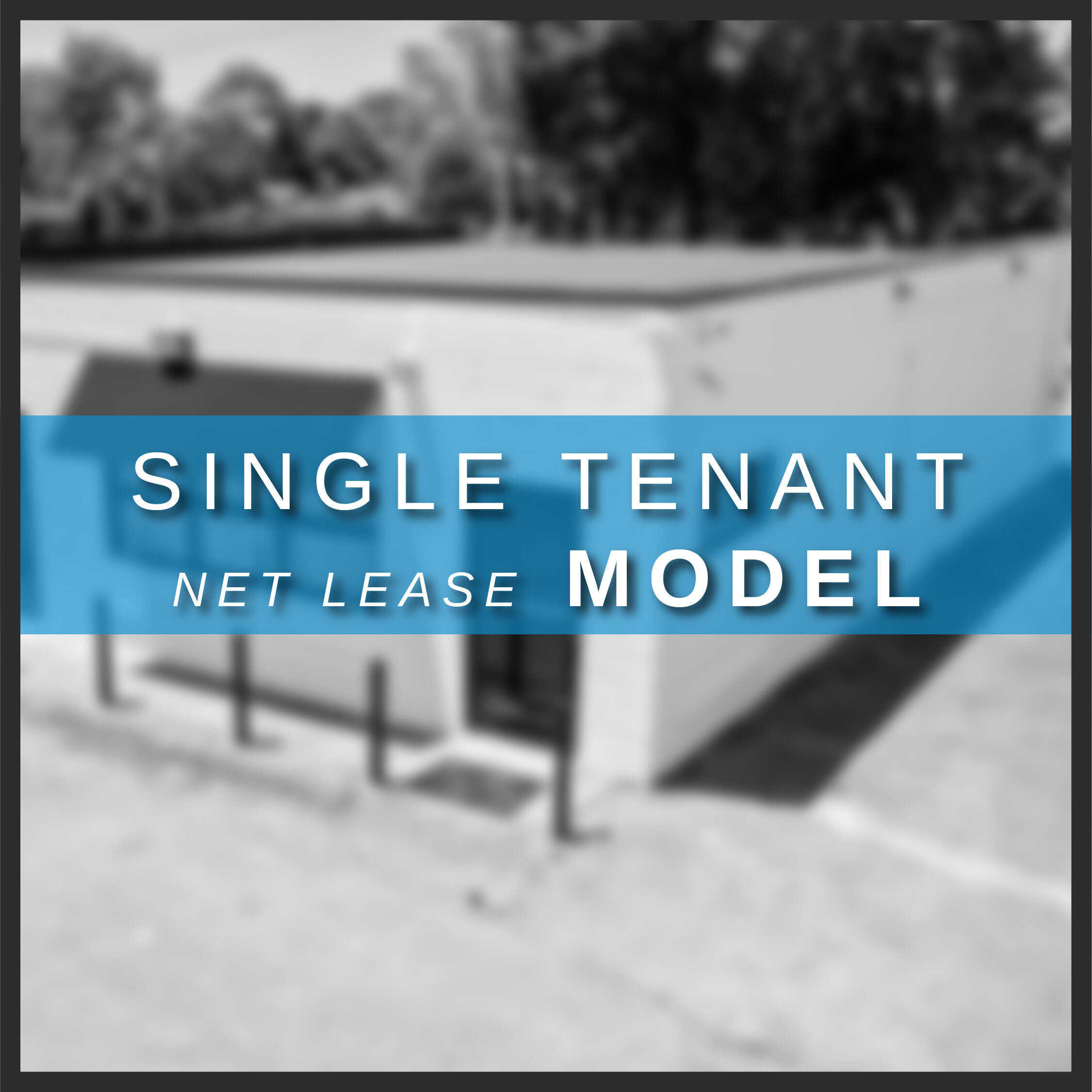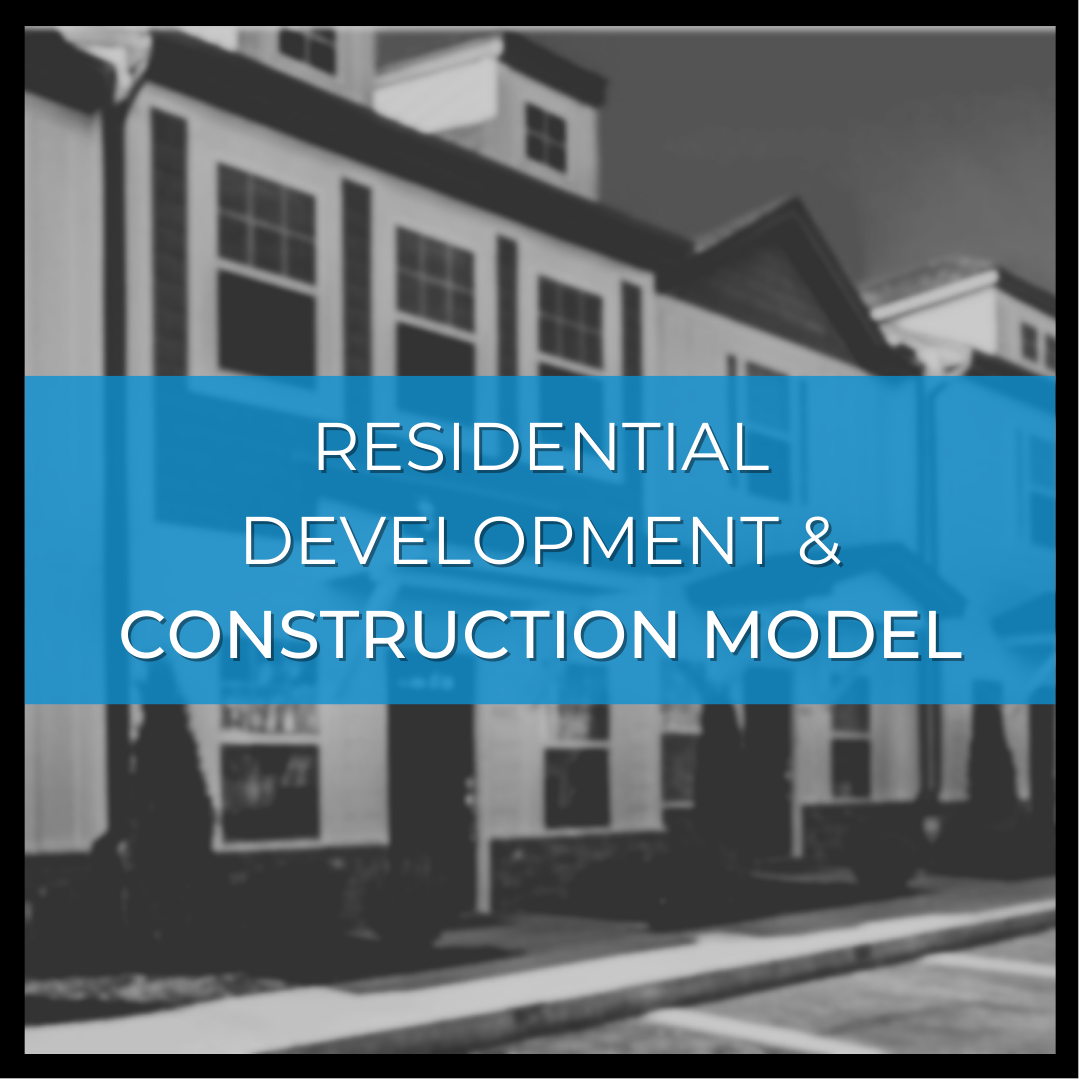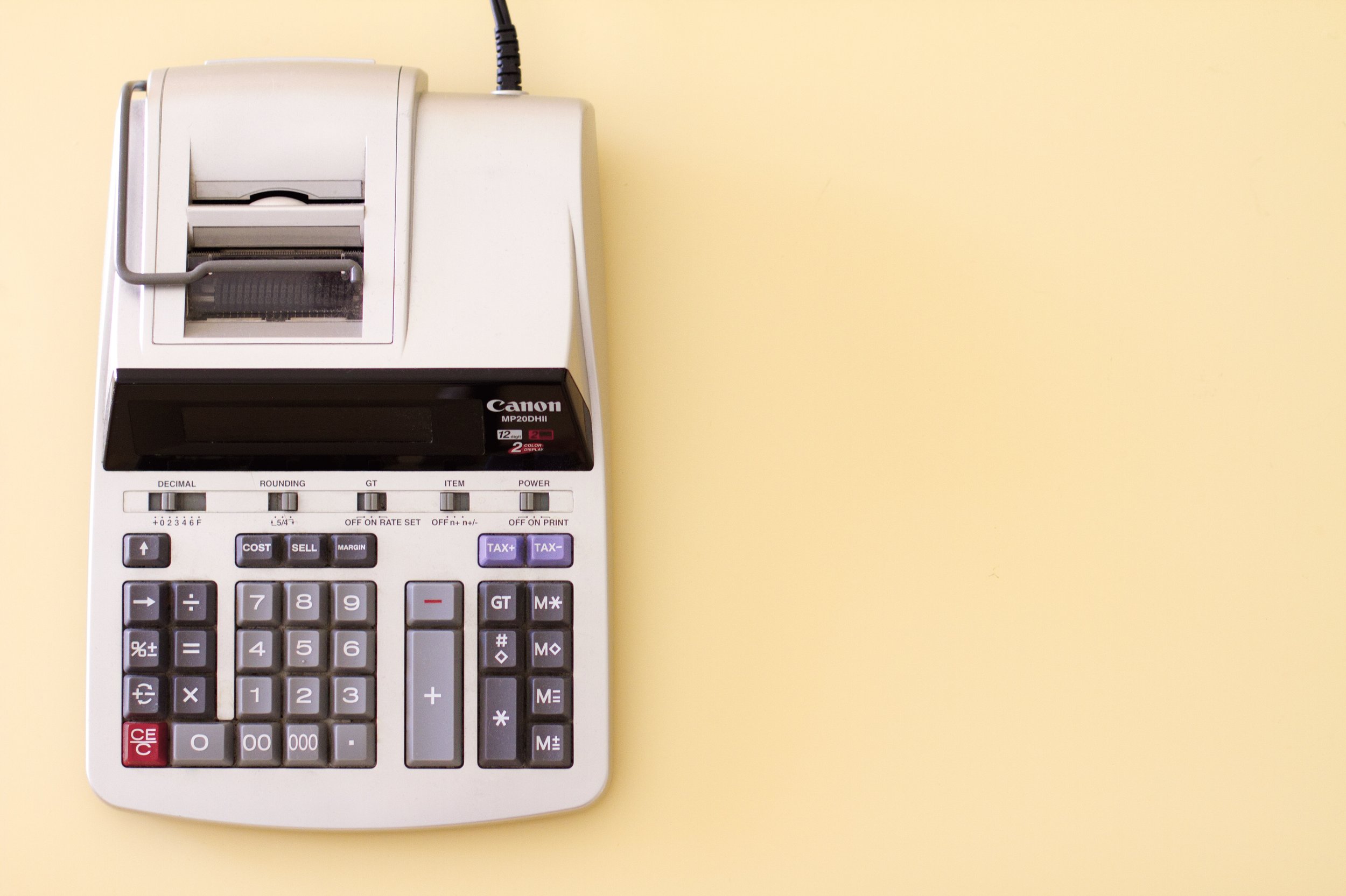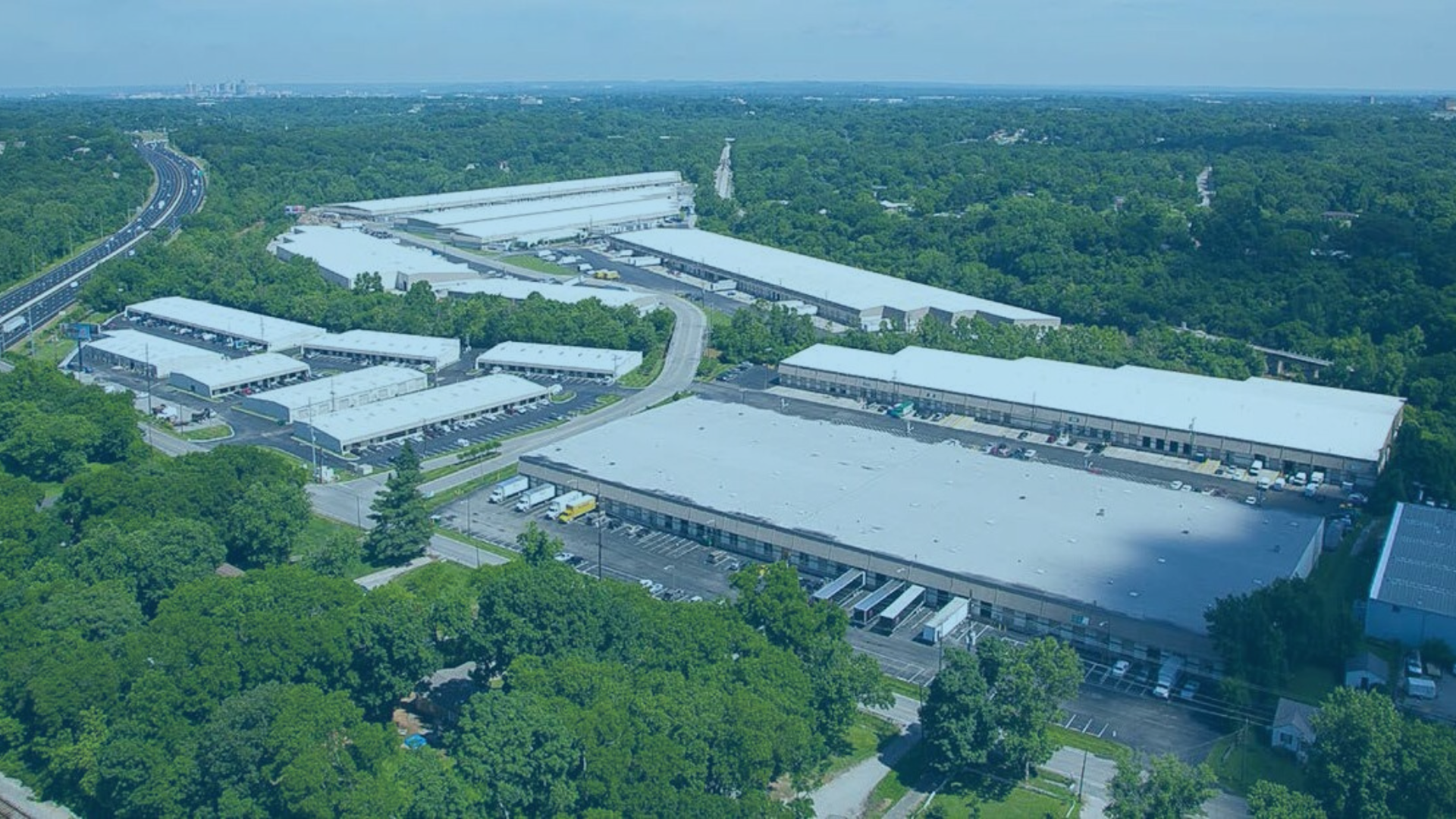How to Analyze Commercial Real Estate Deals
An Introduction to Investment Underwriting
So, you think you’ve found a potential commercial real estate investment.
Now what?
Since commercial properties are more complex than residential, determining what your potential returns will be and what you can afford to pay isn’t as easy as seeing what other properties have sold for in the neighborhood.
You’ll actually have to:
Determine what could be a potential comp
Study the current leases (or lack thereof)
Decide which investment strategy to use
Estimate your construction and renovation costs
And get term sheets from your lenders
Once you’ve done all of that, you can finally analyze the numbers to figure out if the investment will make sense for you.
Here’s our quick guide on how to analyze commercial real estate deals.
Look for Comparable Properties
You may feel like you’ve found a deal, but you need to confirm that.
Comparable properties will help you verify that you’re paying the right price and can also give you an idea of what you could do with the investment.
Banks will also use these to determine whether or not they’ll lend on the project.
When reviewing comps, you want to find similarities (or get close!) in:
The zoning
The size of the lot and building
Condition and year of construction of the building
Geographic location
And any unique aspects of the property
Finding commercial comps can be tough, though.
Since there isn’t a centralized database of commercial real estate listings, we’ve found our best comps from utilizing tax records (especially CRS Data), brokers specialized in that geographic location or property type, and local appraisal firms.
Review the Offering
Now, it’s time to dive into the deal’s numbers.
If you feel like your acquisition price is within a fair market range, you need to review whether or not the deal will make money.
Yes, the price may be supported by the comps, but if there are tenants with long-term, under-market leases, the deal may not make since.
So, you’ll want to get any and all financial information possible on the property.
Ask the owner for:
Rent rolls
Profit and loss statements
Tax returns / K-1s
You should also review each and every lease to see what terms to which the owner and tenant have agreed. As the incoming owner, you will be bound to these terms, too, which can make or break the deal.
Whether your lender requires it or not, you should also have tenants sign an estoppel.
The estoppel confirms the terms presented to you in the lease or by the seller and will uncover verbal agreements or other documents that haven’t yet come to light that could impact the terms.
Determine Your Investment Strategy
If you’re like me, you probably have a go-to real estate investing strategy.
Maybe you prefer value-add, long-term hold, or new construction - there are a number of different strategies out there.
But that strategy will need to be tailored to the project.
Once you’ve reviewed the financials and leases, you may end up having to take a different direction with the property than you had originally anticipated.
After determining your investment strategy, you’ll have a better idea of renovation needs.
Construction / Renovation Estimates
Construction and renovation could be your biggest expense, other than acquisition.
Getting these numbers right is crucial to your success.
And if you don’t get the numbers right on the front end prior to purchasing the building, you may not have a large enough loan to cover these costs and finish the job.
So, once you’ve figured out your strategy, put your construction budget together.
If you’ve handled renovations before, you may be able to throw together a quick back-of-napkin number.
Of course, you would be wise to have a contractor (or two) come out to put together an actual bid for you. Your lender will likely want to review these numbers, so it will help you with your acquisition.
Gathering Term Sheets from Lenders
Your loan costs are the final piece before fully analyzing the investment.
So, you’ll need to meet with several lenders, present them with the deal, and receive term sheets.
Each lender will have different project requirements and appetites for asset types, so it certainly pays to have multiple banking relationships.
Term sheets at a minimum will typically provide:
Loan-to-value or loan-to-cost terms
Interest rates
Amortization and length of the loan
They can often go much further into detail and include other documents they will require from you, the personal guarantors, collateral, etc.
Analyzing The Real Estate Investment
Now that you’ve gathered together every aspect of the deal, it’s time to underwrite it.
If you don’t have any underwriting software, here’s where I highly recommend that you invest in a high quality program that suits your needs.
Some investors create their own spreadsheets or you can buy a pre-built program (message me for recommendations) - whatever gets the job done.
These spreadsheets / programs will have calculations that take into account:
Purchase price and acquisition fees
Construction & renovation costs
Down payment and loan costs
Rental rates / monthly income
If done correctly, you’ll be able to enter in only the few numbers above and crank out returns on investment, internal rates of return, monthly cash flow after debt service, and so much more.
Of course, it never hurts to have a back-of-napkin formula to check if a deal potentially works, but nothing competes with a full-service underwriting sheet.
Don’t have an underwriting model you can trust? Check out the models I use to underwrite each of our investments:
Raising Capital
Now, you’ve underwritten the commercial property.
And hopefully it’s a good deal!
So, it’s time to go raise investment capital for that acquisition.
Recap
Find comparable properties
Review the offering
Choose your investment strategy
Get renovation estimates
Gather term sheets from lenders
Run the numbers to determine your returns
About The Author:
Tyler Cauble, Founder & President of The Cauble Group, is a commercial real estate broker and investor based in East Nashville. He’s the best selling author of Open for Business: The Insider’s Guide to Leasing Commercial Real Estate and has focused his career on serving commercial real estate investors as a board member for the Real Estate Investors of Nashville.

























Quickly determine if a deal is worth pursuing or not.